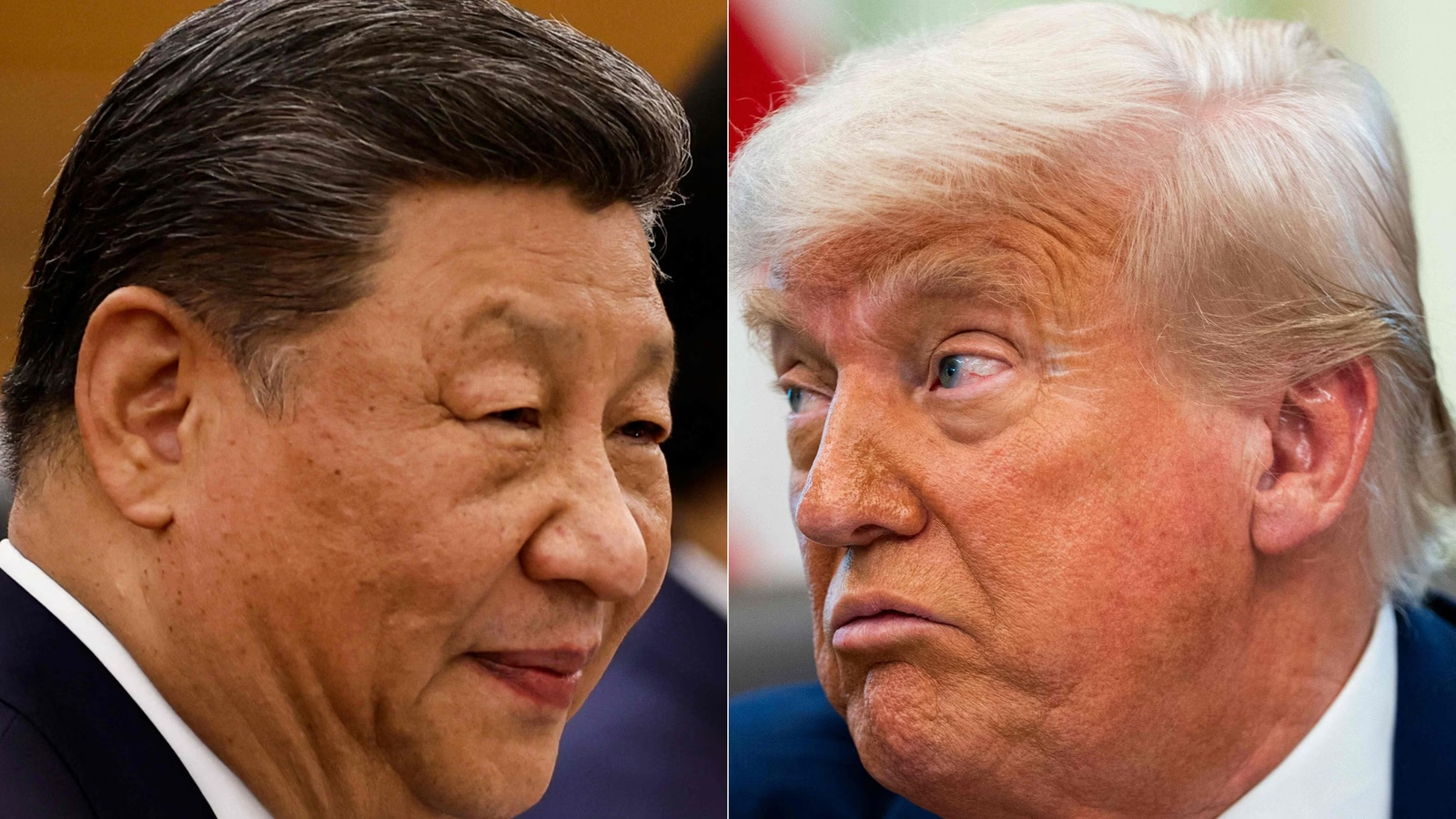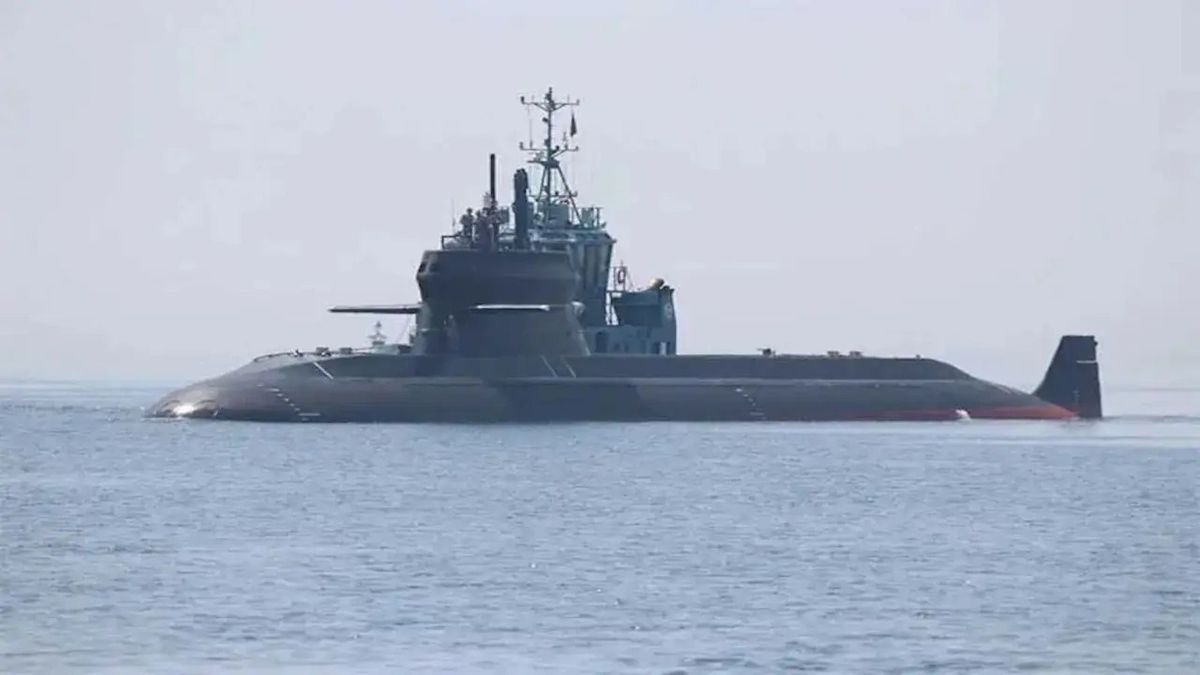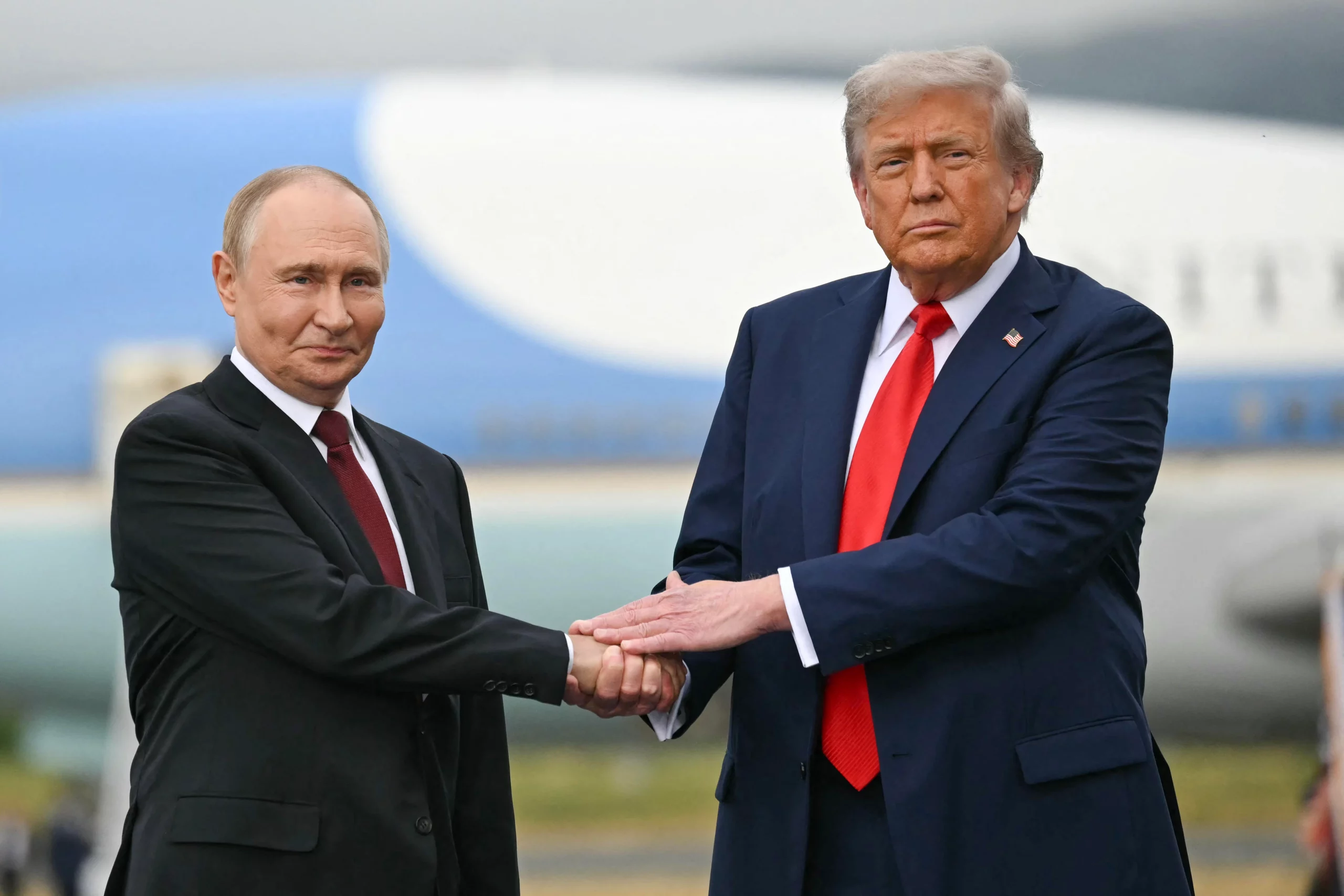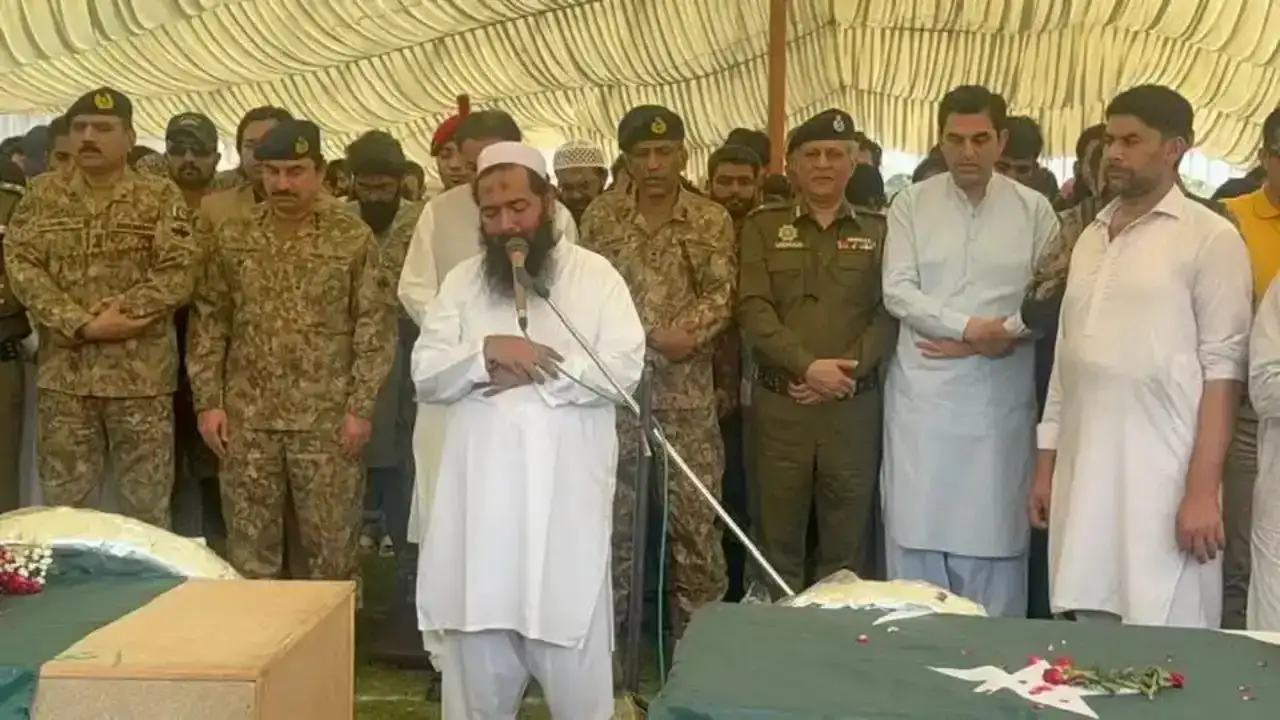Trump Says Xi Promised No China Invasion of Taiwan During His Presidency
U.S. President Donald Trump said on Friday that Chinese President Xi Jinping personally assured him China would not attempt to…
China Hands Over Third Hangor-Class Submarine to Pakistan
China has officially handed over the third Hangor-class submarine to the Pakistan Navy, marking another milestone in the $5 billion…
Meet Group Captain Animesh Patni: Vir Chakra Awardee and S-400 Commander Who Made History with India’s Longest Air Defence Kill
On Independence Day 2025, President Droupadi Murmu conferred the Vir Chakra, India’s third-highest wartime gallantry award, on Group Captain Animesh…
“No Deal Until A Deal”: Trump and Putin End Alaska Summit Without Breakthrough on Ukraine
US President Donald Trump and Russian President Vladimir Putin concluded a high-stakes summit in Alaska on Friday, describing the talks…
“Maybe I Won’t Have To Do It”: Trump Hints at Reconsidering 25% Tariff on India Over Russian Oil
US President Donald Trump on Friday suggested he may reconsider the 25 per cent tariff on India over its continued…
155 Pakistani Soldiers Killed During Operation Sindoor as Pakistan Awards Top Civil and Military Officials
Pakistan marked its 79th Independence Day by honouring dozens of top military and civilian officials for their roles in the…






